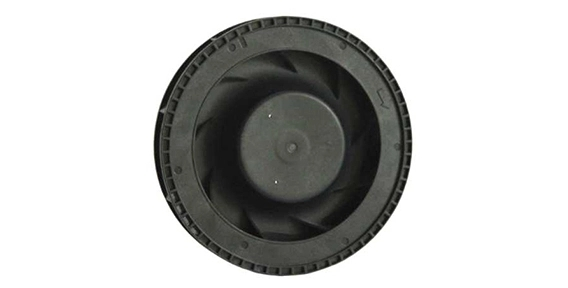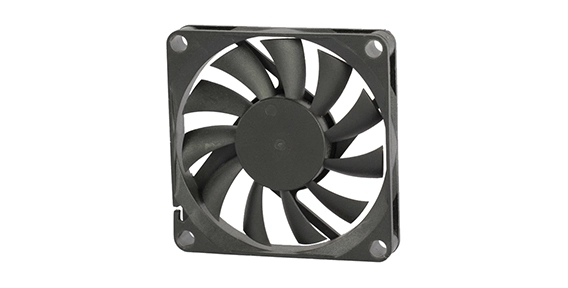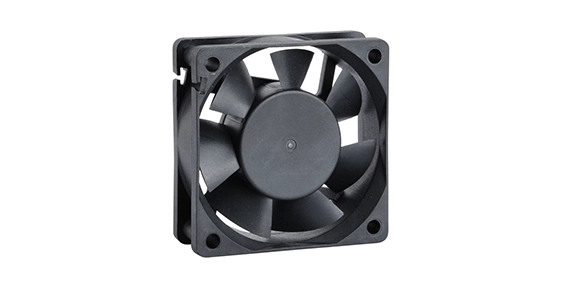The condenser fan in a refrigerator plays a crucial role in maintaining the optimal temperature inside the unit. It helps dissipate the heat generated by the refrigerator and prevents the compressor from overheating. However, like any other mechanical component, the condenser fan can encounter problems over time. In this article, we will discuss some common issues associated with a fridge condenser fan and their solutions.
Importance of Cleaning the Fridge Condenser Fan Regularly
One of the most common problems with a condenser fan is dirt and debris accumulation. Over time, dust, pet hair, and other airborne particles can settle on the fan blades and hinder its performance. This can result in poor airflow, reduced cooling efficiency, and even complete failure of the fan. To prevent this issue, it is crucial to clean the condenser fan regularly.
To clean the condenser fan, start by unplugging the refrigerator from the power source. Locate the fan, which is usually located at the back of the fridge, behind a panel. Use a soft brush or a vacuum cleaner with a brush attachment to remove the dust and debris from the fan blades. Be gentle and avoid bending or damaging the blades. Once the fan is clean, plug the refrigerator back in and check if the fan is running smoothly.
How to Replace a Faulty Fridge Condenser Fan
Sometimes, despite regular cleaning, the condenser fan may still encounter problems such as motor failure. In such cases, it is necessary to replace the faulty fan with a new one. Here are the steps of axial fan uses on how to replace a faulty fridge condenser fan:
1. Unplug the refrigerator and locate the condenser fan. It is usually located at the back of the fridge, behind a panel.
2. Remove the panel or any other components that may be blocking access to the fan.
3. Disconnect the electrical wires connected to the fan motor. Take note of their positions to ensure proper reconnection later.
4. Remove the mounting screws or brackets securing the fan to the refrigerator.
5. Carefully take out the old fan and set it aside.
6. Install the new condenser fan in the same position and secure it with the mounting screws or brackets.
7. Reconnect the electrical wires to the new fan motor, ensuring they are properly aligned and secured.
8. Replace any panels or components that were removed earlier to access the fan.
9. Plug the refrigerator back in and test the new condenser fan to ensure it is running smoothly.

Maintenance Tips to Prolong the Lifespan of Your Fridge Condenser Fan
To ensure the longevity and optimal performance of your fridge condenser fan, here are some maintenance tips to keep in mind:
Clean the condenser fan regularly, as mentioned earlier, to prevent dust and debris accumulation.
Keep the surrounding area of the fan clean and free from any obstructions.
Check the fan blades for any signs of wear or damage. Replace them if necessary.
Lubricate the fan motor bearings with a few drops of oil annually to reduce friction and extend the lifespan of the motor.
Inspect the fan wiring for any loose connections or exposed wires. Repair or replace them promptly to avoid electrical issues.
By following these simple maintenance tips, you can ensure the smooth operation of your fridge condenser fan and prolong its lifespan.
In conclusion, the condenser fan in a refrigerator is a vital component for maintaining optimal cooling performance. Regular cleaning, timely replacement of faulty fans, and proper maintenance can help prevent common problems associated with the condenser fan. Take the time to clean and maintain your fridge condenser fan, and it will reward you with efficient cooling for years to come.


 EN
EN 

 +
+
 +
+
 +
+



